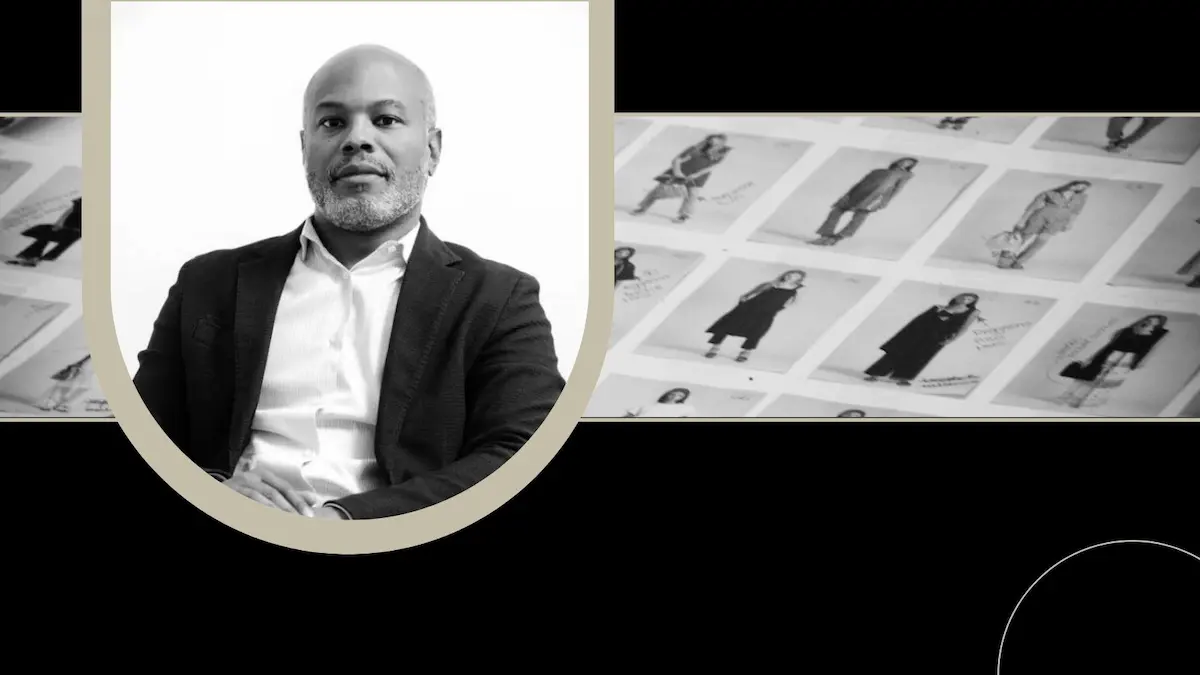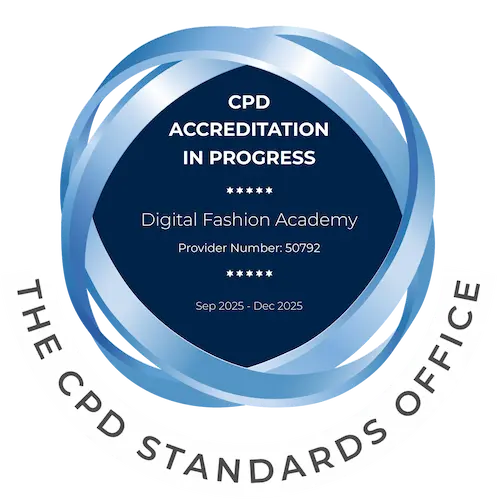Fashion eCommerce Finance: From P&L to Profitability
Specifically designed and created for leading fashion professionals.

The essential financial course for managers with responsibilities for P&L of a sales channel, Budget and Forecasting, Strategic and Financial Planning.
Fashion Finance Course Overview
Boost your e-commerce growth and profitability with expert budgeting and financial planning strategies.
This course is your gateway to mastering the fashion finance principles that shape the e-commerce industry. You’ll acquire the best practices adopted by CFOs of international brands for e-commerce financial strategy, including financial planning, budgeting, and performance optimization.
The Fashion Ecommerce P&L course is designed for e-commerce managers and fashion professionals who have responsibility for the sales channel financial performance. It equips you with essential fashion finance concepts to accurately manage and optimise e-commerce financial planning.
The course focuses on financial KPIs and standard best practices in e-commerce for fashion & luxury management. Includes the essential steps of budgeting, forecasting and reporting process in fashion brands and deep dives into revenue streams for ecommerce and cost control to ensure profitability.

next start date
⇢ Start anytime. Enrol and start learning now.
⇢ Next cohort starting next September
COURSE DURATION
⇢ 8 Hours (time to complete the course)
Delivery format
Online On-demand, Flexible study
5 Lessons
5 Practice labs
Language: English
Subtitles: English and Italian
Online Practice with teachers feedback
fees
€450
⇢ Included 1 live mentoring session of 45′
CERTIFICATION
Certificate of Achievement
COMMITMENT
You need to complete this course within 6 months from enrolment
Why take this e-commerce financial course?
Imagine having the skills to not only grow a strong e-commerce business and optimise it for maximum profitability through effective financial strategy and planning. After taking this course, you’ll be able to confidently interpret financial statements and making strategic decisions that align with your financial goals, leading to continuous improvement and sustainable growth. This course will equip you with experts knowledge, techniques and success cases to make these visions a reality.
- You will learn the essential financial metrics such as Gross and Net revenue, Gross Margin, Operating Margin, EBIT and EBITDA.
- You will understand the budget process and the logic behind the financial targets and the company evaluation based on profitability.
- You’ll learn essential strategies to ensure a profitable ecommerce and managing cost of stock and investments.
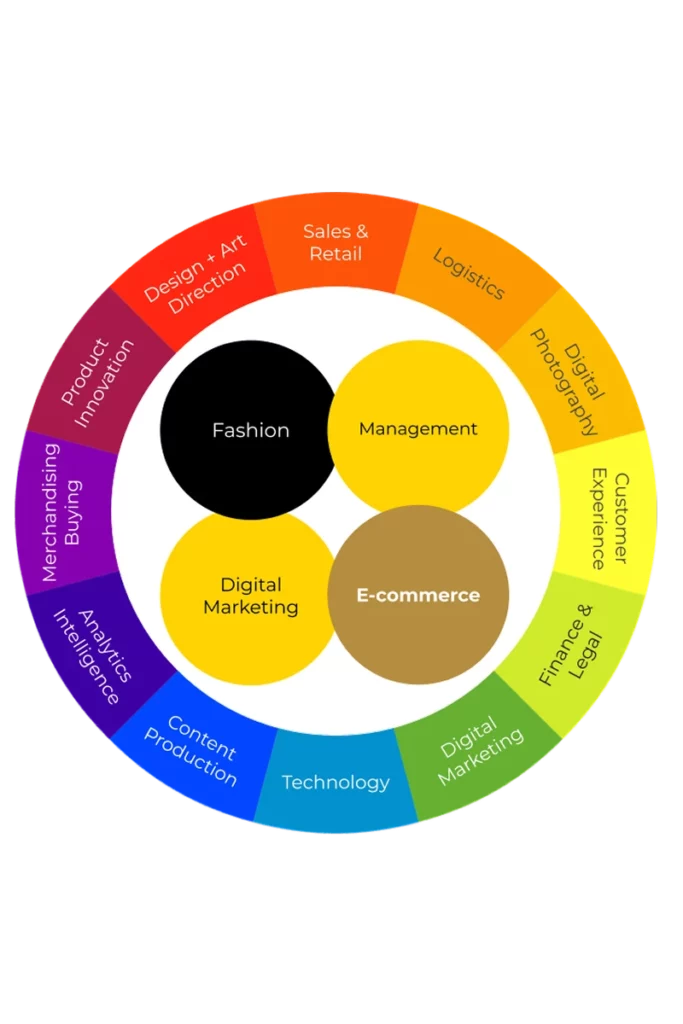
Fashion Finance Course Structure & Methodology
Discover a hands-on approach to professional training. DFA’s methodology is designed to keep professional training practical and results oriented. This course consists of five key lessons, delivered by industry experts who bring a wealth of practical experience and insights into fashion business, financial strategies and processes.
For each topic covered in the program we focus on meeting practical needs of the participants:
- Goals: Case studies: Explore real-world case studies and pragmatic exercises on e-commerce financial planning from leaders in international fashion companies
- Tools & KPIs: Acquire the tools and best practices for ecommerce financial planning ecommerce financial strategy
- Subject Experts: The point of view from both Fashion Finance experts and CFOs on ecommerce P&L management
- Network: Gain access to a global community of like-minded fashion professionals
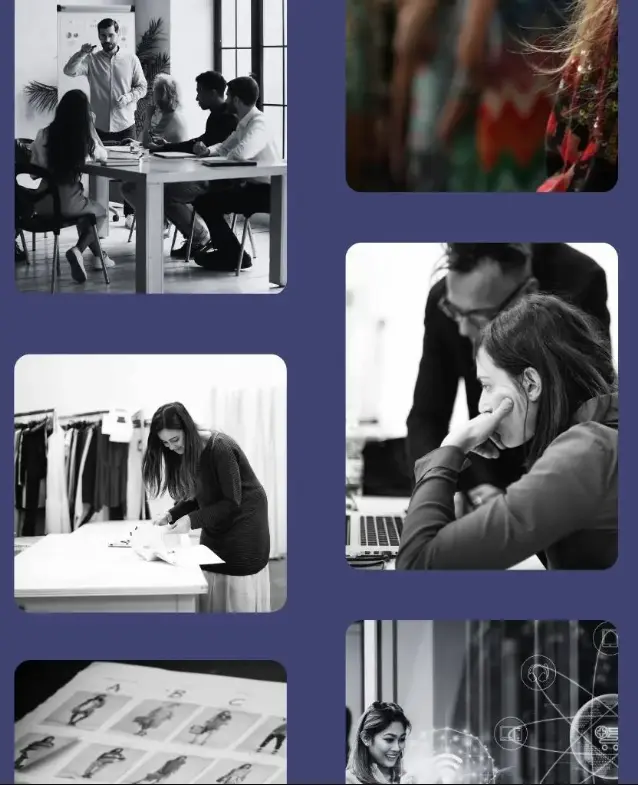
Course details & enrolment
Flexible training: study wherever you are
- Course duration: Estimated 8.5 hours to complete the course, including 2 exercises
- Language: English. English and Italian subtitles available
- Learning Materials: video lessons, downloadable presentations, Google Sheets templates for exercises.
- Where & When: Online On-demand, start immediately
- Teachers: Enrico Fantaguzzi, Gilles Gaucher-Cazalis, Leonardo Pecchioli.
Fashion Finance Course Learning Goals
- This course is designed to give you a comprehensive understanding of the financial aspects of the e-commerce fashion industry.
- Not al P&L management courses are alike! Each lesson of this fashion finance course is crafted to offer valuable insights and practical knowledge, helping you master ecommerce financial planning and make strategic decisions that drive profitability.
- The course offers an insights on general financial processes of fashion & luxury companies
- Be at ease discussing financial KPIs and Goals with CFOs, CEOs
- Acquire practice in handling spreadsheet to manage Profit and Loss statements and analyse KPIs
Accreditation in progress
Certificate accreditation with CPD Standards
Accreditation in progress. This finance course is currently undergoing accreditation with The CPD Standards Office, UK based, international accreditation body for Continuing Professional Development.
This course is currently undergoing accreditation with The CPD Standards Office, the UK based, international research-led accreditation body for Continuing Professional Development.
This fashion finance course is being assessed against rigorous quality standards to ensure relevance, structure, and learning impact. This badge signifies a commitment to delivering structured, high-quality learning experiences that meet CPD best practices.
Once accredited, their training will be eligible for CPD Certification and promoted through the CPDSO network.
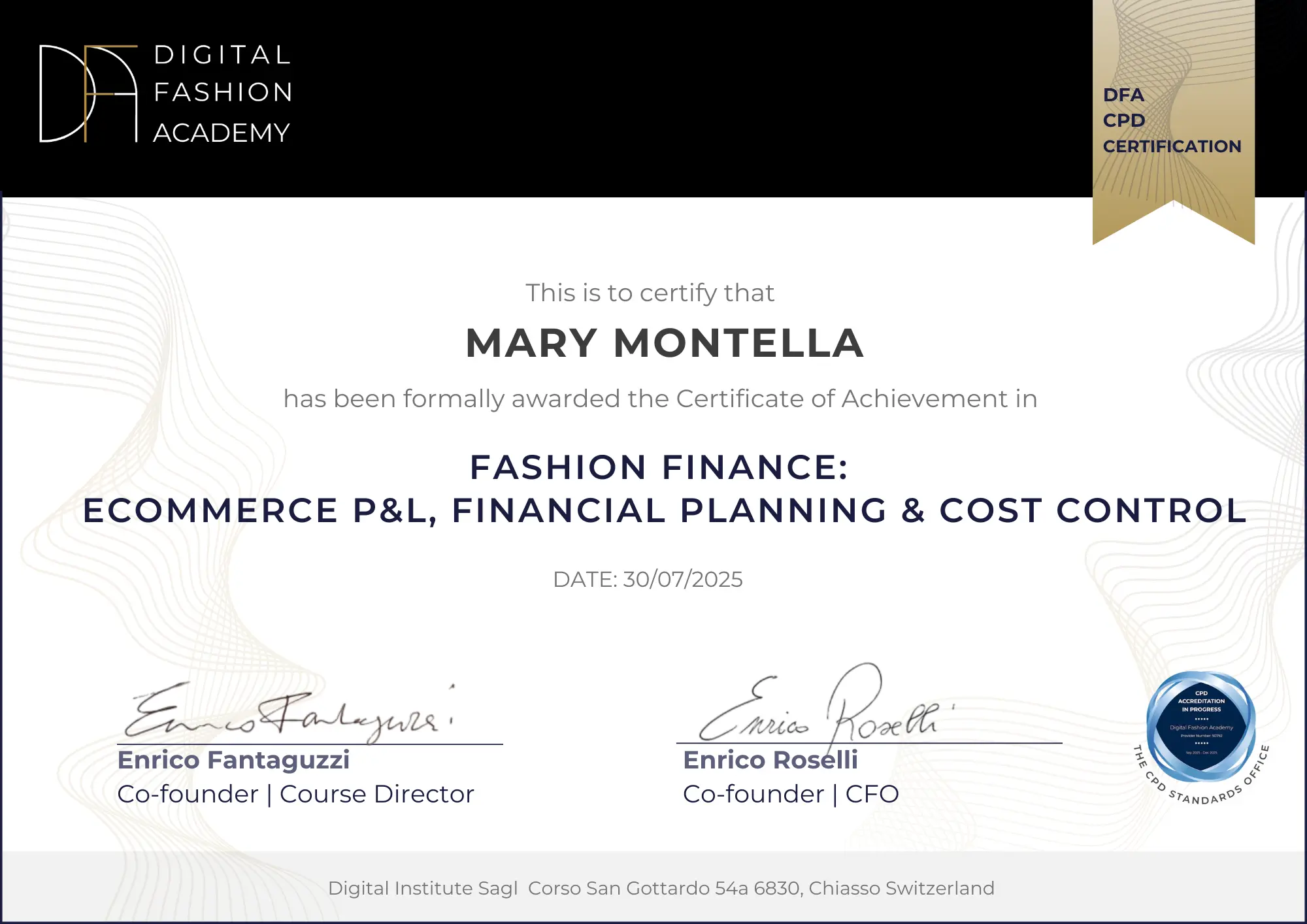
Who is this course for?
This fashion finance course aims to train the role of E-commerce Director and Digital Sales Managers for Fashion & Luxury brands. Discover the processes, techniques and best practices used by managers and directors . You will learn how to create a Profit & Loss statement for fashion Ecommerce, drive revenue and strengthen the financial performance of your ecommerce. You’ll learn a KPIs driven approach to e-commerce management.
This fashion finance course online is for fashion professionals who want to acquire a deep understanding of the financial principles and best practices that make ecommerce and digital sales profitable
- Junior professionals working in fashion companies who want to specialise and grow their career in E-commerce, Digital retail, Marketplaces Management and Digital Wholesale.
- Mid-to-senior marketing professionals who want to upgrade their skills with a strong financial knowledge.
- Fashion entrepreneurs who need to integrate their expertise with specific e-commerce financials knowledge.
- Professionals from agencies, software providers and consultants who need to work with fashion ecommerce brands and digital retailers
Fashion Finance Course Programme
Each lesson is crafted to provide real fashion companies insights and practical knowledge that you can immediately apply to your work. At the beginning of each lesson you will find precise learning outcomes. Here’s an overview of what each lesson covers and why they are important.
What You’ll Learn in the Fashion Finance course:
- Learn what top executives look for in e-commerce performance, review financial mechanisms, and understand what makes an e-commerce strategy successful
- Learn the international standards for financial planning: budgeting, forecasting, cost control, financial reporting
- Gain insights into the e-commerce expectations within the fashion and luxury industry from a CFO’s perspective
Lesson 1: Driving Ecommerce Growth: The Ecommerce Manager’s Perspective
By the end, you’ll be able to interpret e-commerce profit and loss KPIs and apply forecasting and planning techniques for continuous development.
Why It’s Important: Understanding these core principles will help you boost your e-commerce performance and drive sustainable growth.
- Discover the key revenue drivers and costs that determine profitability in the online fashion industry, with a focus on fashion finance principles.
- Understand demand generation strategies and how to construct an effective e-commerce budget.
- Review methods to optimise online channels, focusing on increasing total traffic and improving conversion rates.
Topics include: Fashion business models, market structure, sales channels, brand positioning and product lifecycle
Lesson 2: Making Ecommerce Efficient: A Lesson in Profitability
You will learn how to streamline your ecommerce business to enhance profitability while gaining a deep understanding of your competitive landscape. You’ll also master financial strategies to optimise costs and develop a solid grasp of key Ecommerce Profit and Loss cost items. Instructor: Enrico Fantaguzzi.
What You’ll Learn:
- Learn how to streamline your e-commerce business to enhance profitability.
- Gain a thorough understanding of your financial landscape and implement e-commerce financial strategy techniques to optimize costs.
- Get to grips with e-commerce financial planning and key E-commerce Profit and Loss cost items.
By the end, you’ll be able to interpret e-commerce profit and loss KPIs and apply forecasting and planning techniques for continuous development.
Why It’s Important: Efficient management of financial and physical resources and the ability to control costs is crucial for maintaining a profitable ecommerce business in an increasingly competitive industry.
Lesson 3 & 4: Essential Financial Processes and Financial KPIs and Metrics Explained
AZ Fashion E-commerce profit and loss analysis and explanation of P&L terminology and meaning of reporting terms. Instructor: Leonardo Pecchioli.
What You’ll Learn:
- An overview of the financial operations of fashion companies, with a focus on e-commerce financial planning and cost control.
- Understand how companies allocate funds, track expenses, and plan for the future using effective e-commerce financial strategy techniques.
- Explore the key financial performance indicators (KPIs) specific to fashion e-commerce companies.
By the end, you’ll master each item in the E-commerce P&L and know why it’s important.
Why It’s Important: A deep understanding of financial planning processes and cost control best practices will enable you to make better financial decisions and play a pivotal role in your company’s digital business team.
Lesson 5: Driving Ecommerce Growth: A CFO’s Perspective
What You’ll Learn:
By the end of this Ecommerce Financial Management and P&L course, you’ll be equipped to make data-driven decisions that propel your e-commerce business forward.
- An overview of the financial operations of fashion companies, with a focus on e-commerce financial planning and cost control.
- Understand how companies allocate funds, track expenses, and plan for the future using effective e-commerce financial strategy techniques.
- Explore the key financial performance indicators (KPIs) specific to fashion e-commerce companies.
By the end, you’ll master each item in the E-commerce P&L and know why it’s important.
Why It’s Important: A deep understanding of financial planning processes and cost control best practices will enable you to make better financial decisions and play a pivotal role in your company’s digital business team.
Are you looking for training for your brand or your company? The digital marketing course can be tailored to your needs. For more information please contact us.
What Does Fashion Finance Mean?
Fashion finance is all about managing the money behind fashion businesses—especially in e-commerce and retail. It helps brands stay profitable, competitive, and financially healthy by focusing on budgeting, cost control, revenue, and financial planning. Here’s a simple breakdown of what fashion finance includes:
- Understanding Profit & Loss (P&L) : Tracks all money coming in (sales) and going out (expenses) while using key financial metrics like Gross Revenue, Net Revenue, Gross Margin, Operating Margin, EBIT, and EBITDA to assess profitability.
- Budgeting and Financial Planning: Setting budgets for marketing, stock, and operations while forecasting demand to avoid overstocking or understocking. Budgets are adjusted seasonally to align with fashion trends.
- Understanding Revenue Streams: Covers different ways to generate income, including direct online sales, wholesale partnerships, subscription services, influencer collaborations, and selling through digital marketplaces.
- Controlling Costs for Profitability: Focuses on reducing production and operational costs, ensuring efficient marketing spend, and managing return-related expenses to protect profit margins.
- Key Performance Indicators (KPIs): Measures financial success through metrics like Gross Margin, Net Profit Margin, Customer Acquisition Cost (CAC), Average Order Value (AOV), Conversion Rate, and Return on Ad Spend (ROAS)..
- The Role of the CFO (Chief Financial Officer): Ensures financial strategies align with business goals by deciding where to invest, controlling costs, and making adjustments to drive profitability while keeping the company financially competitive.
Meet your instructors
Meet the Managers who contributed to this Fashion Ecommerce Course. Learn from senior fashion & luxury professionals actively working in top brands. Gain expert insights remotely from industry leaders, agencies, and tech innovators.

Enrico Fantaguzzi
Co-founder at DFA
Formerly manager at Gucci, Tod’s, Yoox, Walt Disney.
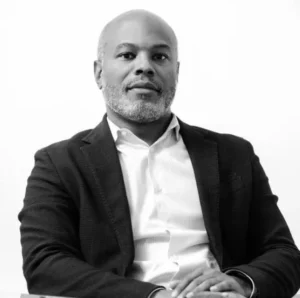
Gilles Gaucher-Cazalis
MD of SpectR Consulting,
Former CFO at Philipp Plein and Finance Director at Michael Kors.

Leonardo Pecchioli
Former CFO at Guess Europe.
Chairman Keros Digital SA.
Former CFO at Guess Europe. Ex KPMG.
What our students say
Our students appreciate the hands-on training, the networking opportunities and the experience brought by senior fashion & luxury managers.

Laly
Fractional Growth Partner for DTC Brands
A must for anyone working in (or around) fashion e-commerce
“I absolutely loved this course: it was clear, complete, and genuinely filled the gaps in my knowledge. I’ve worked in e-commerce and comms for years, but I never studied business itself. I really needed someone to explain complex financial topics in a way that made sense, without skipping concepts or overcomplicating things, and this course nailed it.
It’s totally worth the investment. Whether you’re directly managing financials or working in a different department, understanding the P&L mindset is crucial to making smarter, more profitable decisions. This course gives you that mindset. 100% recommended.”

Martina
Ecommerce Merchandising Specialist at Gucci
Recommended
“I recommend this course to all interested in pursuing a career in digital and those who already occupy managerial positions, both for the variety of topics covered and for updating on the latest tools.”

Gabriella
Ecommerce Manager at Kocca
Rich and Complete
“For those who want to deepen and enrich their skills and knowledge, the ecommerce management course was rich, complete, suitable both for those who are approaching the digital world and for those who area already part of it”
FAQs
Can I start anytime?
The attendance is flexible, you can attend anytime and anywhere within 6 months from enrolment.
I’m a fashion entrepreneur is this course suitable me?
This course is recommended for fashion entrepreneurs, business owners, e-commerce managers and other professionals who need to acquire a deep understanding of fashion brands budgeting processes and financial KPIs.
Is there a certification at the end of the course?
Yes. There is a certificate of successful completion of the course that you will be able to use for your CV and social media profiles.
How can I enrol in the fashion finance online course?
To enrol in this course you need to buy the course online and you’ll receive the user name and password to access the course shortly after completing the purchase of the course.
Is there live coaching or mentoring included in the course?
Yes, there is a complimentary session of mentoring included in the price of the course. The mentoring session duration is 45 minutes and you can choose the mentor you to talk to from our mentors page.
In which languages are the lessons available.
The lessons are available in English with both English and Italian subtitles.
Download the brochure
Fill out the form below to receive information about this course or you can book a call with us for orientation
Talk with us
You can have orientation with us to help you choosing the right course for you or getting advice about attendance of our courses, fees and financing, please set up a call with our staff by clicking the button here below. You’ll be redirected directly to a calendar of a senior member of DFA where you can choose any available slot for a call.
